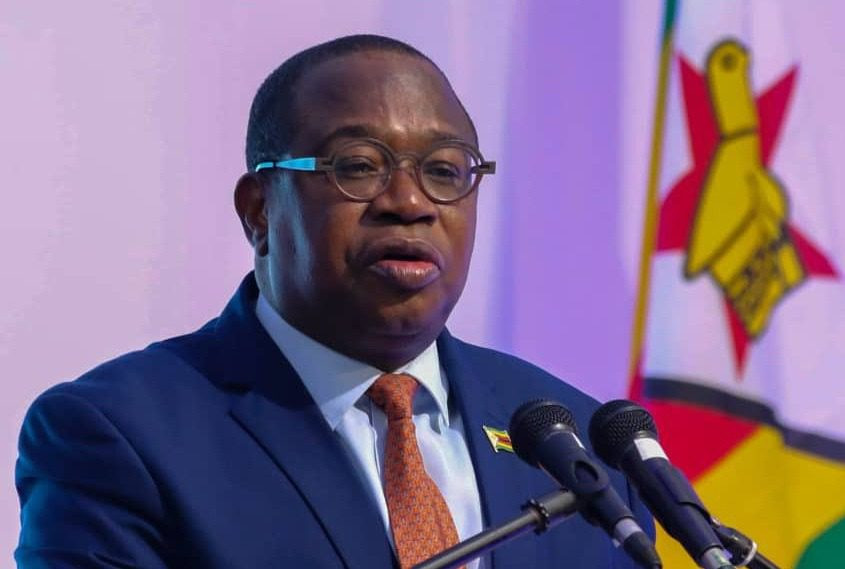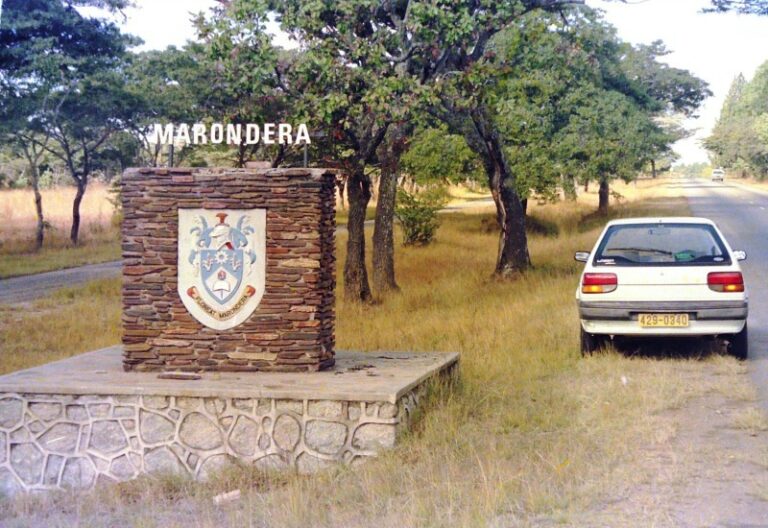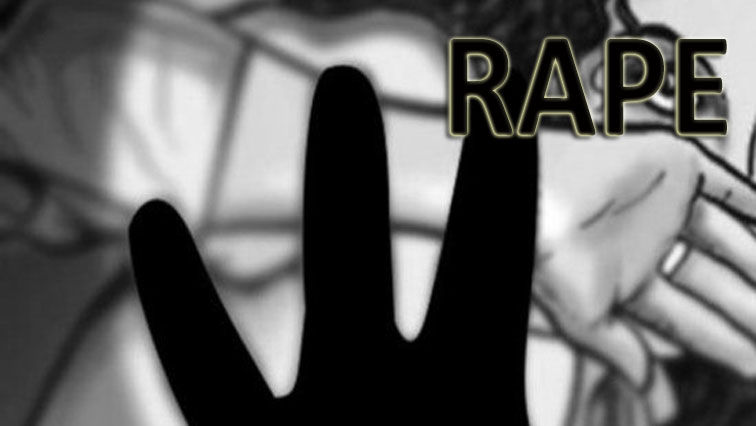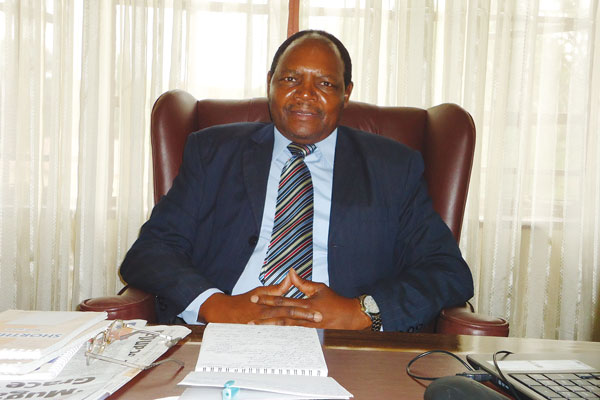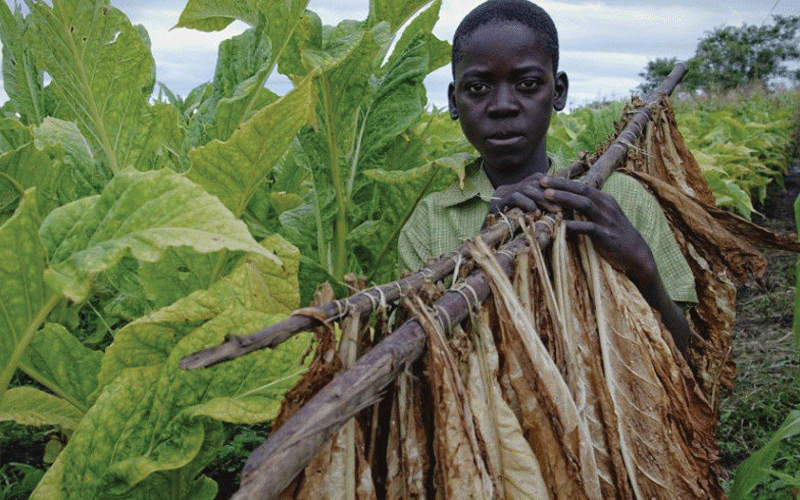
A group of Asian business executives is seen in movies puffing cigars as they discuss a multi-million deal in hotels or high-rise rise buildings.
They have something in common — they are enjoying Zimbabwean tobacco that is grown in the country’s remote districts, often in harsh conditions, including use of child labour.
Zimbabwe is Africa’s biggest tobacco producer with an output of 261 million kilogrammes, surpassing the previous record of 259 million kilogrammes.
Zimbabwe’s tobacco industry is dominated by smallholder farmers who contribute more than 50% of the country’s yearly produce, according to the Tobacco Industry Marketing Board (TIMB).
But behind these statistics and discussions, the voices of the affected children tell a harrowing tale of exploitation and lost innocence.
Through interviews and testimonials, the children tell stories that reveal the gruelling conditions they endure, the physical and emotional toll, and lost aspirations.
A three-month investigation by The Standard unravelled how the smallholder farmers often turn to small pairs of children’s hands, who toil under gruelling conditions on tobacco farms.
For Mirriam (13), her daily routine is predictable.
- Govt opens ChiTown e-passport centre
- Border Timbers targets European markets
- NGO brings cheer to diarrhoea-hit Byo suburbs
- Garakara walks through his music journey
Keep Reading
After finishing school around mid-day, she heads straight to the garden where she will have lunch before embarking on watering acres of tobacco nursery, fetching water from a nearby stream.
The task is daunting, but Mirriam is not alone in the predicament as almost all her peers go through the same ordeal in Hurungwe district where most tobacco is grown.
In Macheke District, The Standard witnessed 11-year-old twins braving the biting June dewdrops as they made their way to prepare tobacco seedling beds.
In Chief Nyamakate area near Karoi, The Standard saw a group of seven young boys — the oldest being 15 years — indiscriminately cutting down indigenous trees to cure tobacco.
They leave a tale of destruction in their wake — hundreds of tree stumps can be seen in a once densely populated area along Angwa River signalling an environmental catastrophe.
Many of these children find themselves trapped in the cycle of poverty, lured by promises of income to support their families.
The now 24-year-old Isaac Muparaganda in Sanyati said he started working in tobacco fields at the age of 12 when he was employed as a herdboy.
"I started working at tobacco farms when I was 12,” Muparaganda said.
“The long hours, exposure to harmful chemicals, and the physical strain have taken a toll on my health.
“I missed out on education and opportunities to grow. No child should experience what I went through.”
In pursuit of profit, many tobacco farmers employ children whom they make to work long hours under hazardous conditions.
"Due to financial constraints and labour shortages, we sometimes resort to hiring children,” said one tobacco farmer in Headlands.
“It's not an ideal situation, but we need the extra hands to meet the demanding quotas set by buyers.
“We understand the concerns, but without support and alternatives, it's challenging to break this cycle.”
Shamwari YeMwanasikana (SYM), an organisation that advocates for the rights of the girl child told this publication that child labour and sexual exploitation were rampant in farms across the country.
SYM officer Sipho Mpofu called on farm owners to abide by the country’s laws that protect children.
“Children are often exploited on farms as they are made to work for very long hours,” Mpofu said.
“What is more is that the girl child is more vulnerable as she must endure not only the labour, but she is often exposed to sexual exploitation as well.
“They are offered less working hours in exchange for sex.”
According to a 2023 United States Department Child Labour and Labour reports, children in Zimbabwe are subjected to the worst forms of child labour in the region including commercial sexual exploitation, sometimes as a result of human trafficking.
The report said children are forced to engage in child labour in agriculture, including in the harvesting of sugarcane and tobacco.
It said law enforcement agencies lack resources to enforce laws protecting children from forced labour.
The report, however, noted that government in 2022 made minimal advancement in efforts to eliminate the worst forms of child labour.
Government created a new Child Labour Unit within the Ministry of Public Service, Labour and Social Welfare to steer the ministry's anti-child labour activities.
According to a report by the International Labour Organization (ILO) and Zimbabwe Statistical Agency (ZIMSTAT)’s Labour Force and Child Labour Survey about 50 000 children are in child labour, some as young as 10 and are engaged in hazardous work in agriculture across the country.
According to Maplecroft, a global risk analytics organisation, Zimbabwe is grouped together with conflict-torn countries such as Sudan, Burma, and Democratic Republic of Congo and Somalia as some of "the countries with the worst child labour problems".
Mpofu added: “The laws of Zimbabwe prohibit all forms of child labour and it is a crime to expose children to such.
“As SYS we strongly condemn child labour in all its forms particularly for the girl child as it robs the child of her childhood.”
Psychologist Alfred Zisengwa said overworking children robs them of their childhood.
“A child needs ample time to play and grow and develop, exposing children to long hours of hard labour puts them at risk of redundant growth and chronic diseases,” Zisengwa said.
“We sympathise with caregivers as the nation faces an economic turmoil and as they need to maximise the contributions of all family members to the family food basket but we appeal to you not to exploit children in farm work as well as turning them into child vendors.
“Children need to grow free from work-related burdens.”
Former junior parliamentarian Enock Govedzo said though Zimbabwe was renowned for its tobacco production, with the crop being a major source of revenue, the industry's success came at a high cost — the well-being of children.
"Child labour on tobacco farms robs children of their childhood, exposes them to health risks, and denies them access to education,” Govedzo said.
“It perpetuates a cycle of poverty, trapping them in a vicious cycle of exploitation.
“Urgent action is needed to eradicate this injustice and protect the rights of these vulnerable children.”
The Zimbabwean government has made efforts to combat child labour, but challenges persist in implementation and enforcement according to General Agriculture and Plantation Workers Union of Zimbabwe general secretary Gift Muti.
“Prevalence is high in farming communities because of the poor wage structures where a family head cannot send children to school,” Muti said.
“The children will eventually drop out of school to work and supplement family income.”
Zimbabwe is signatory to key international and regional instruments relating to the rights of children.
These include the UN Convention on the Rights of the Child, 1989, the ILO Minimum Age Convention, 1973-No. 138, and the Worst Forms of Child Labour, 199-No. 182 and the African Charter on the Rights and Welfare of Children.
Women’s Affairs minister Monica Mutsvangwa said government had taken steps to strengthen legal frameworks and enhance coordination among relevant agencies.
“However, more needs to be done to address the root causes and provide sustainable solutions,” Mutsvangwa said.
"We acknowledge the gravity of the situation and are committed to eradicating child labour.”
As the sun sets over the tobacco fields of Zimbabwe, the shadows of child labour loom large.
Despite the efforts of the government and international organisations, thousands of children continue to toil in these fields, their innocence stolen and their futures uncertain.
Children’s rights activist Vivian Mtandwa, however, said there is also a glimmer of hope as voices against child labour are growing louder.
“More and more people are demanding that the tobacco industry should take responsibility for its supply chains and that the government must do more to protect children from exploitation,” Mtandwa said.

